Toitanga
PAKU 6 Paku Gardening Tools
-
Pou Auaha / Creative Directors
Johnson Witehira, James Prier
-
Client
PAKU

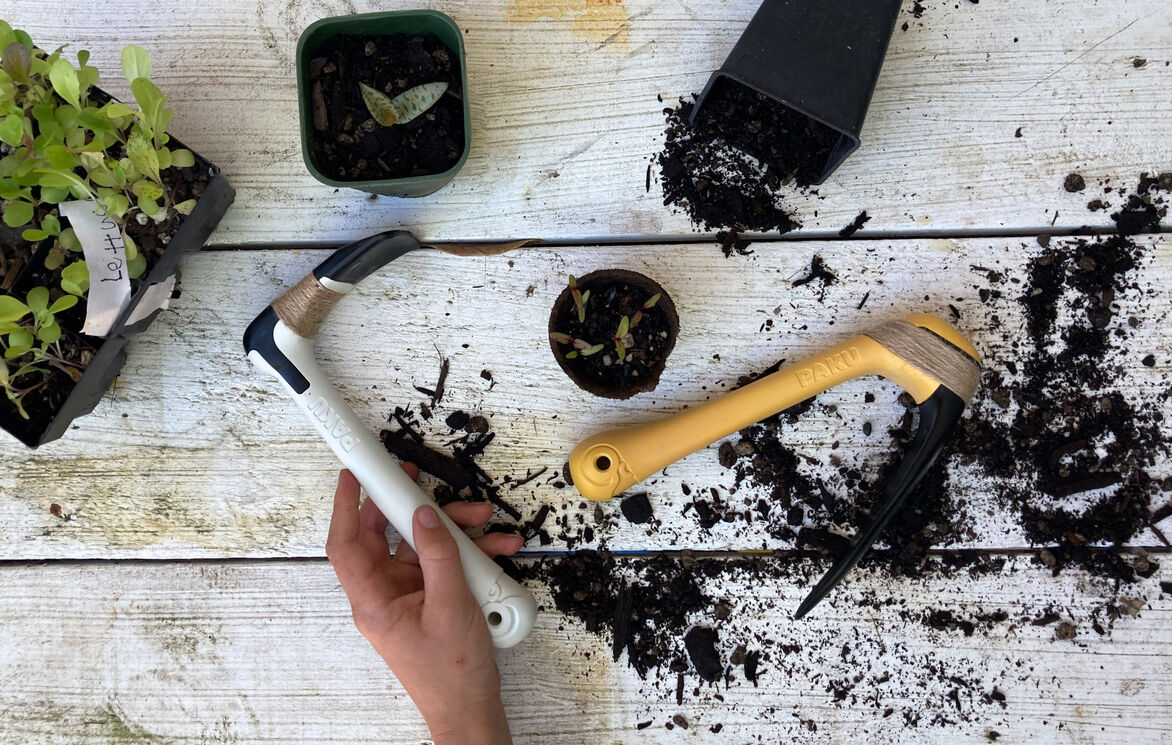
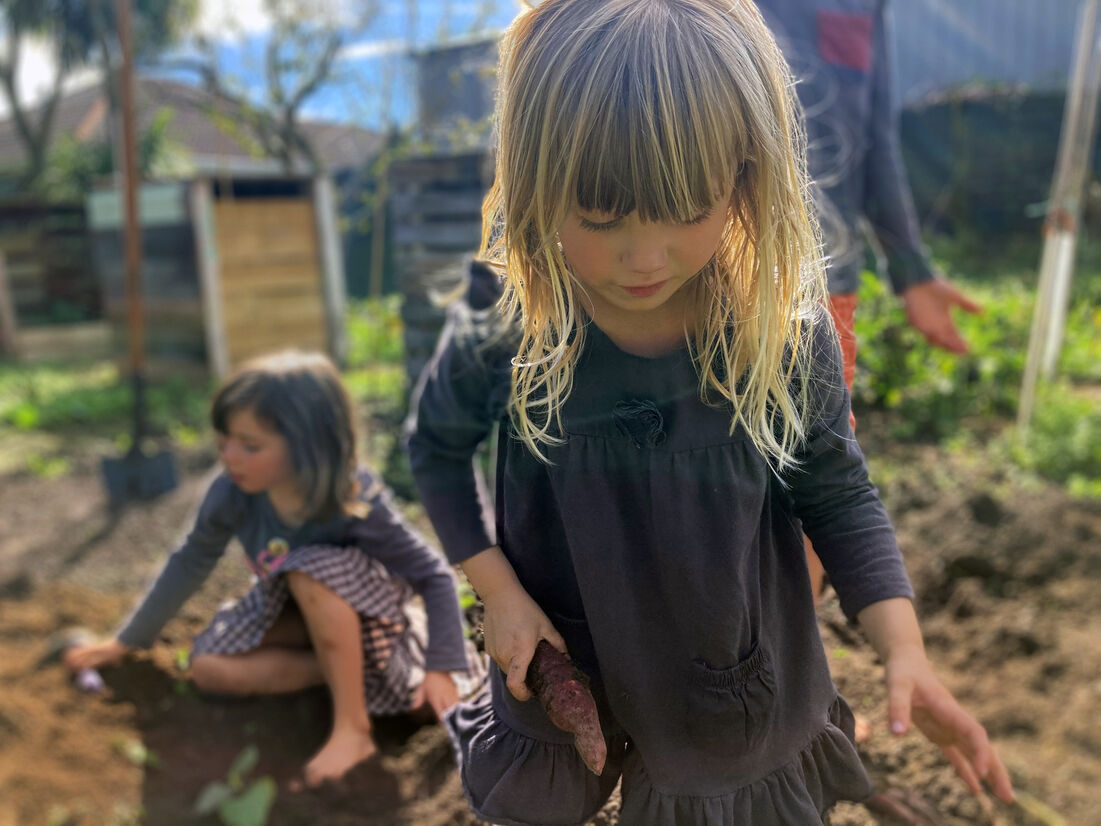

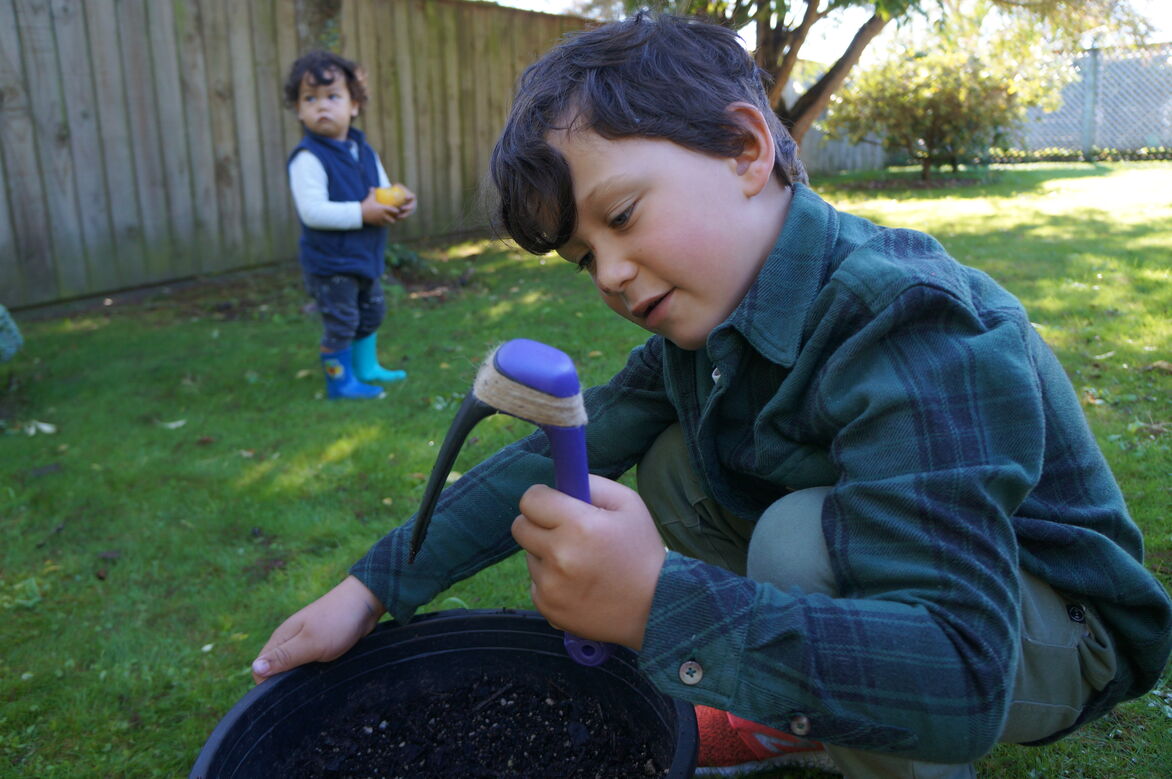
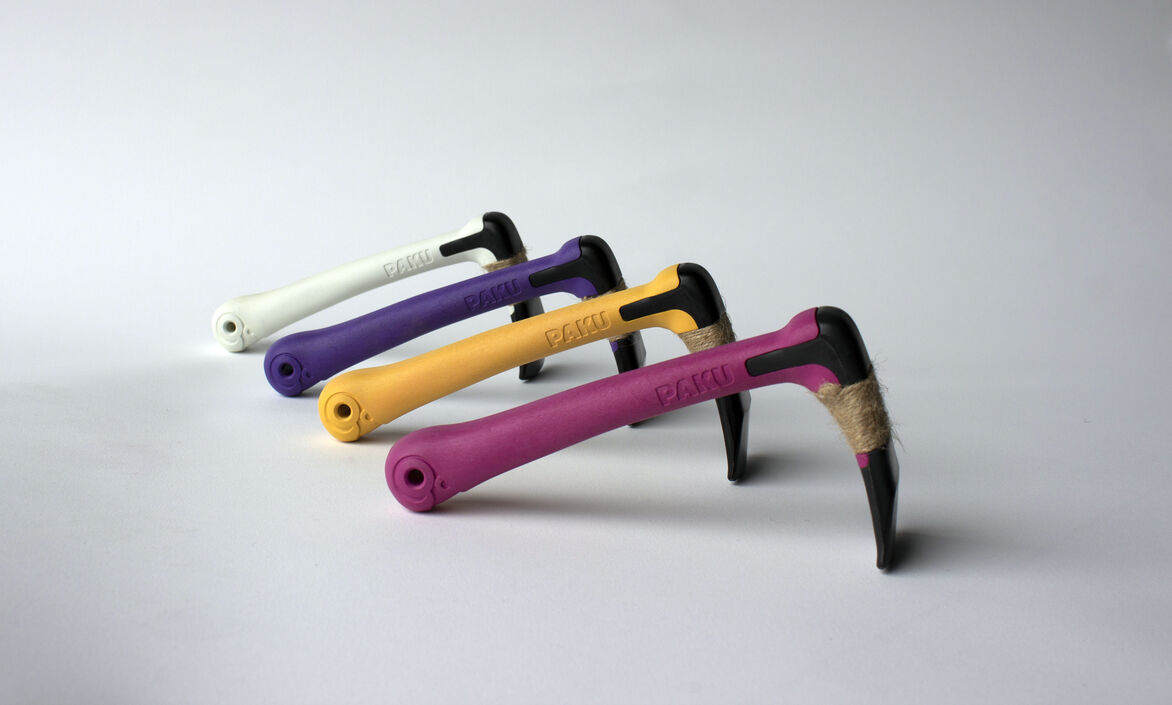
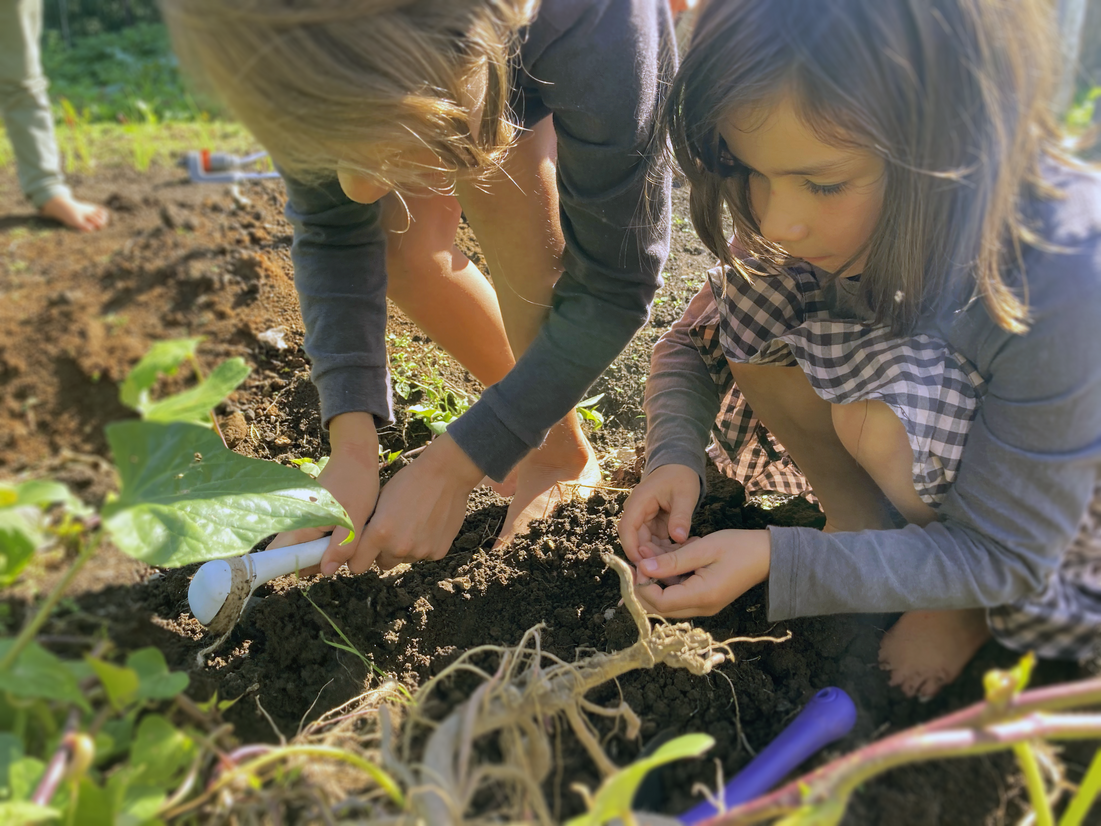
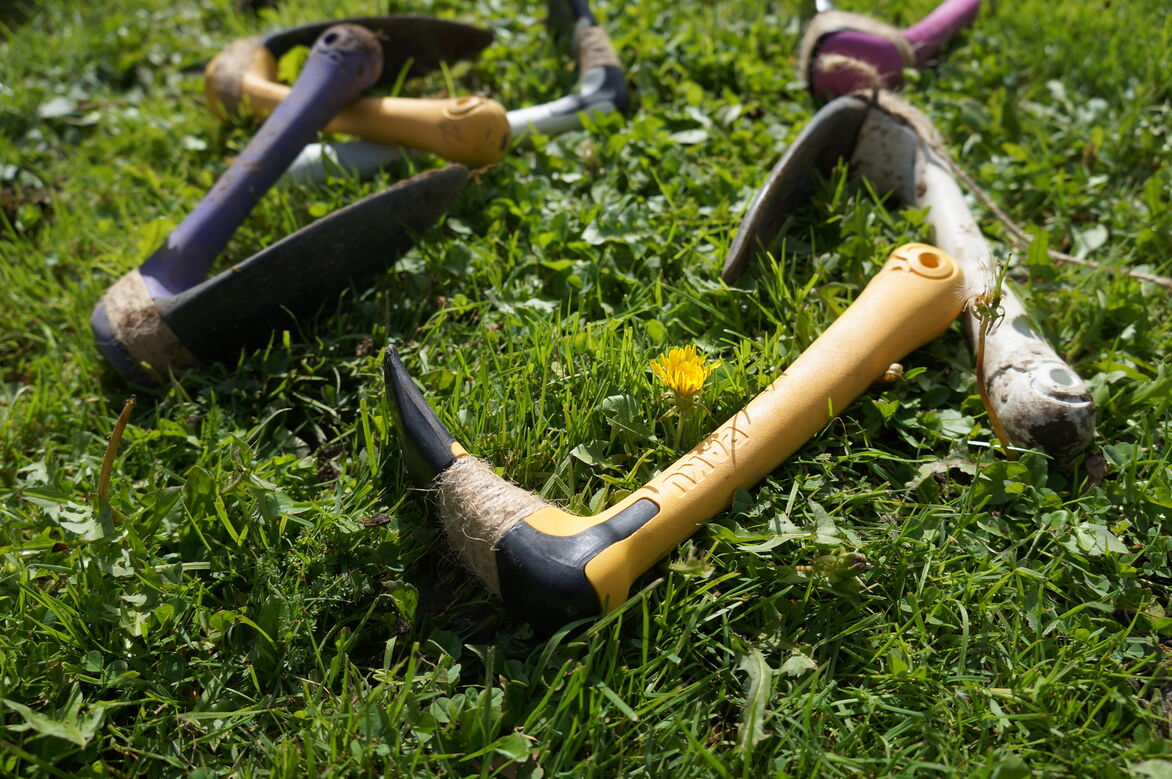
Description:
HE KORAKORA | Spark & Kaupapa
While playing with his son at Kohanga Reo Johnson noticed something that bothered him. None of the tools the kids were playing with - trowels, small shovels and forks - connected to his culture or Aotearoa.
Johnson mentioned this observation to his friend and fellow designer James Prier. James showed up at Johnson's doorstep three months later with several rough prototypes of timo, toki, kāheru and kō in hand. And as they say, the rest is history.
WHIRIWHIRIA | The Process
While the early prototypes provided the spark, we knew that we'd need to restart the project to move forward in a culturally affirming and appropriate way.
In moving forward, we looked to answer three key pātai:
1. Are these tools something Māori want and see as useful?
2. How do we design the tools in a way that combines mātauranga Māori with the latest design technologies and methods?
3. How do we design the tools that to align with Māori design methods and Māori approaches to product design?
Seeking an answer to pātai tuatahi, do Māori want these tools and see them as being helpful, we took early prototypes (and later developments) to numerous Māori individuals, communities and spaces. This included kohanga reo, wānanga institutions, Massey University's School of Māori Studies and to Tāhuri Whenua Māori food growers association. We also gave the prototypes to several Māori experts in design, education and agriculture. The response to the early prototypes and research was resoundingly positive. So, with support from our communities, we began to dive deeper into research, development and refinement of the tools.
As we began to explore pātai tuarua one thing became clear. In honouring the past, we wanted to ensure that we weren't just making "plastic" versions of our taonga. Instead, our tools had to improve the older designs and be made in a way that was sympathetic to te taiao (the environment). This shaped design decisions around materials and ergonomics as we sought to make our new tools more resilient and usable by both adults and children.
The Paku toki and timo are made robust through engineering-grade nylon. Importantly, though, we aren't using virgin plastics. Instead, we capture the waste stream from an already recycled product and grind this plastic down for use in our tools. While it's a bit harder to design things from a recycled source, the benefits of keeping waste out of our landfill far outweighs anything else.
Judge's comments:
A simple but powerful design project that weaves together te taiao and tamariki in a fun and engaging way. The bicultural combination of modern technology and mātauranga Māori truly echoes the ethos of Toitanga.